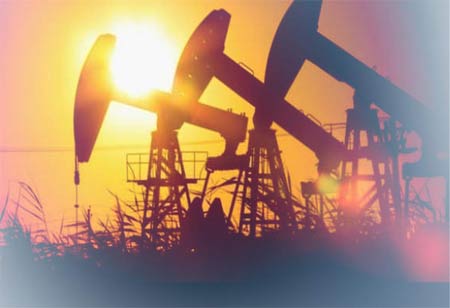Thank you for Subscribing to Energy Business Review Weekly Brief
Exploring the Dynamics of Power Generation
Understanding power generation, which encompasses various technologies and resources, is crucial for a sustainable energy landscape and for addressing environmental concerns.

By
Energy Business Review | Friday, August 23, 2024
Stay ahead of the industry with exclusive feature stories on the top companies, expert insights and the latest news delivered straight to your inbox. Subscribe today.
Understanding power generation, which encompasses various technologies and resources, is crucial for a sustainable energy landscape and for addressing environmental concerns.
FREMONT, CA: Power generation is the process of creating electrical energy from many sources, and it is essential to contemporary infrastructure and daily life. Understanding the various power generation techniques is vital to addressing energy requirements, environmental implications, and the future of sustainable development as societies and technology improve.
At its core, power generation involves converting energy from various sources into electrical power distributed to homes, industries, and businesses. The methods used to generate electricity are as varied as the available resources, each with advantages, challenges, and environmental considerations. Due to their ecological benefits, traditional power sources like fossil fuels, nuclear, and hydroelectric power are replaced by renewable energy sources like wind, solar, and geothermal.
Fossil fuels have historically been the dominant source of power generation. This category includes coal, oil, and natural gas. Power plants that burn fossil fuels convert the chemical energy stored in these resources into heat, which is then used to produce steam. The steam drives turbines connected to generators that produce electricity. While fossil fuels are abundant and have established infrastructure, their use is associated with significant environmental issues. Fossil fuel burning releases greenhouse gases like carbon dioxide, contributing to climate change, while extraction and transportation can cause ecological damage and pollution.
Nuclear power is a significant method of power generation, generating heat through nuclear fission. Nuclear power plants generate electricity, steam, and turbines. However, they face challenges like managing radioactive waste and accidents, which are crucial for long-term storage and preventing environmental contamination.
Hydroelectric power is one of the oldest and most established methods of generating electricity. It uses water energy to generate electricity through turbines, making it renewable and environmentally friendly. However, dam construction can disrupt ecosystems and habitats. Water availability is also influenced by seasonal and climate changes, making it a sensitive option for sustainable energy production.
Renewable energy sources like wind and solar are becoming increasingly popular because they can lessen reliance on finite fossil fuels and greenhouse gas emissions. Solar power uses photovoltaic cells to convert sunlight into electricity, whereas wind turbines use wind energy to generate electricity.
Geothermal energy, which taps into the Earth's internal heat, is another renewable resource that generates electricity using steam from geothermal reservoirs to drive turbines. This method is highly efficient and produces minimal emissions, but its applicability is geographically limited to areas with significant geothermal activity.
The development of energy storage technologies, such as pumped hydro storage and batteries, is essential to regulating the intermittent nature of renewable energy sources and guaranteeing a steady power supply during periods when they are not producing electricity.






